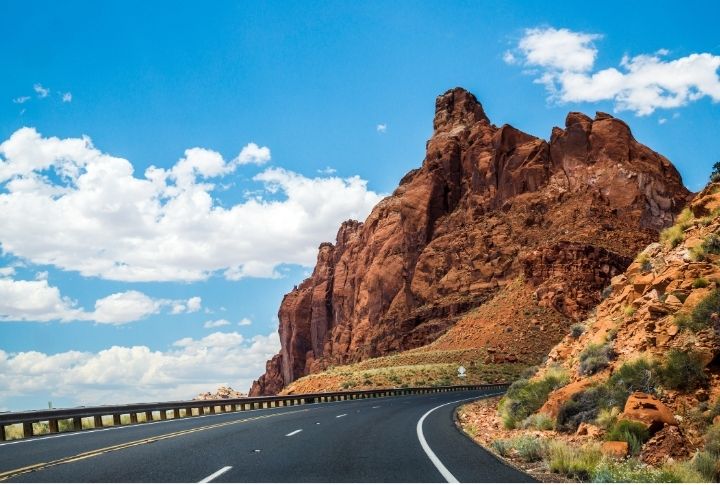
The vast American highway system stretches over 157,000 miles, connecting cities and towns nationwide. Construction began in 1926 with the Federal Aid Highway Act, forever changing how Americans travel. But with this convenience comes a risk. Certain stretches of road see more accidents and fatalities than others. Let’s explore some of these infamous highways, state by state.
Interstate 65: Alabama
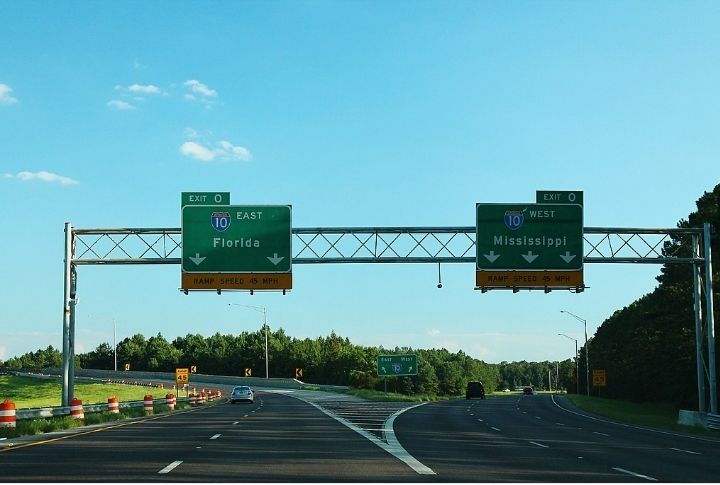
Stretching around 366 miles, this is considered one of the most dangerous highways in the Yellowhammer State. Statistics show that about 33 people die on this road every year as it traverses hilly terrain with some sharp curves. Additionally, heavy truck traffic and congestion around major cities can elevate the risk of accidents.
Alaska Route 11: Alaska
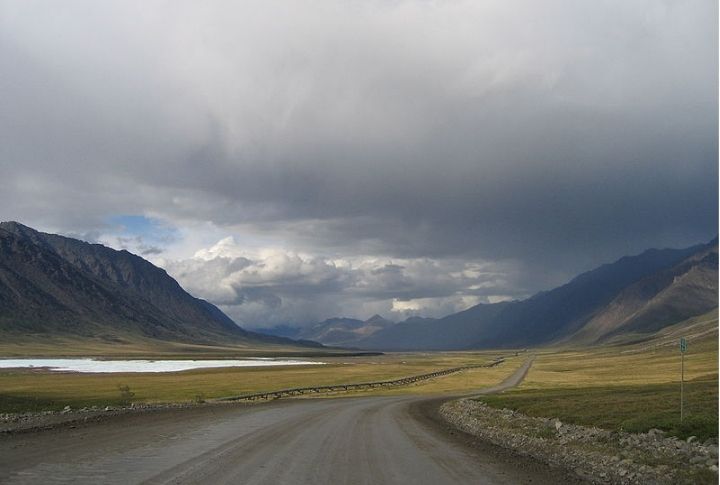
Icy conditions, limited visibility due to snow and dust, and wildlife crossings, particularly moose, make this remote highway perilous. Known as the Dalton Highway, it starts in Fairbanks and stretches more than 414 miles north to the Arctic Ocean at Deadhorse. This highway was built instead of the Hickel Highway, which failed in 1966.
Interstate 40: Arizona
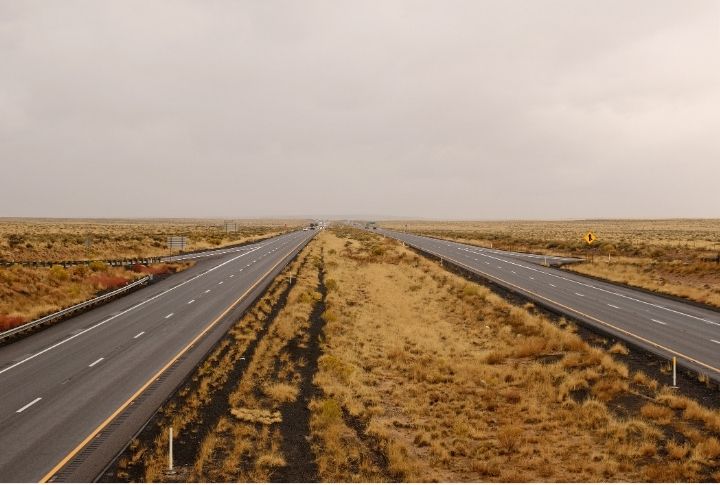
Running 359 miles in Arizona and connecting New Mexico and California, this road was built in 1960 and took 25 years to complete, following the path of the US 66. This section cuts through desert terrain with long, straight stretches that can tempt speeding. Heavy truck traffic and aggressive driving further increase the risk of crashes.
Highway 25: Arkansas
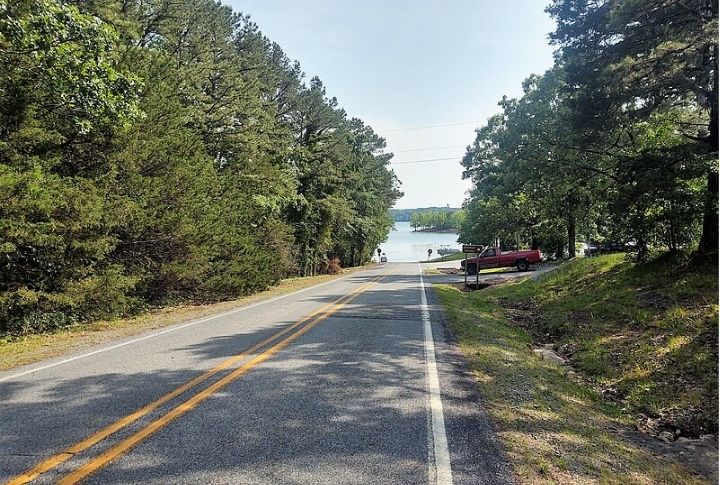
This northeast–south state highway stretches about 85 miles, beginning at Conway at US 64. A 2020 study showed that a fatal accident happened every 10.75 miles along this road. It currently has three auxiliary routes, one serving as a business route.
Interstate 15: California
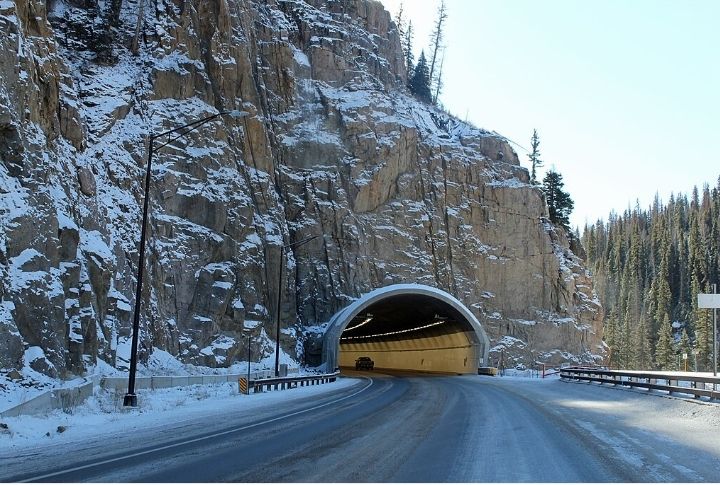
Built in 1957, this 295-mile road connects San Bernardino, Riverside, and San Diego Counties. It passes through mountains, deserts, and urban areas. One study showed over 10,000 accidents happened between Exits 129 and 138 on this road.
US Route 160: Colorado
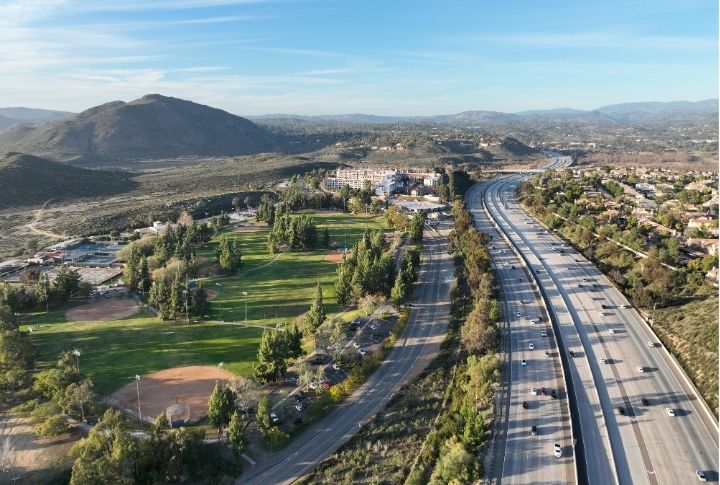
According to the NHTSA, it’s one of the most dangerous highways in Colorado and the whole country. It passes through several states and enters Colorado at the Four Corners Monument. In 2019, there were 14 fatal accidents on this road.
Interstate 95: Connecticut
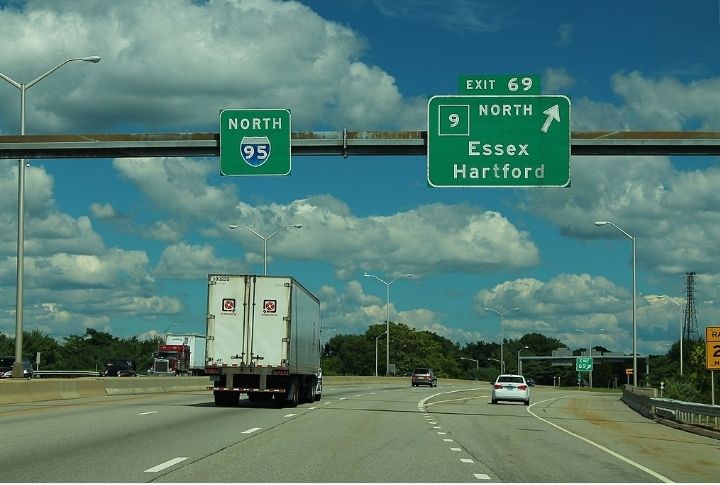
This north-to-south interstate road runs through Connecticut, beginning in Florida and ending in Maine. It runs 111 miles in the Constitution State, with two legs considered the most dangerous sections. The five miles stretching from Milford to West Haven and from Bridgeport to Stratford experience the most accidents because of the high speed and high traffic volume.
US Route 13: Delaware
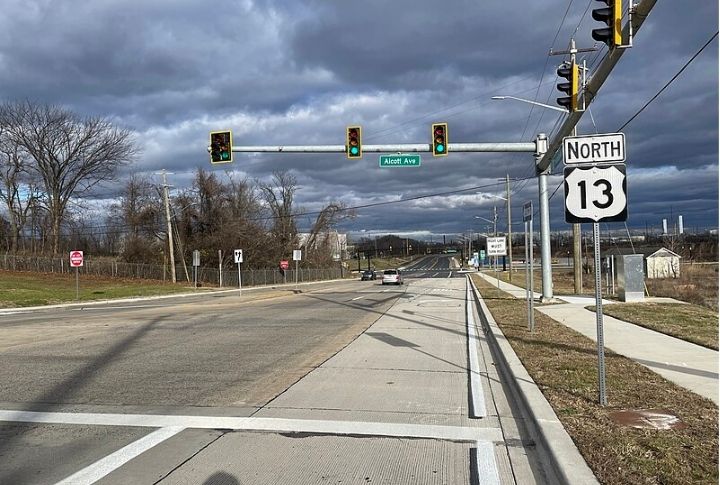
On average, about 13 people die every year in accidents that take place on the US Route 13 in Delaware. It runs for 103 miles in Delaware, where the two-lane design increases the risk of head-on collisions, especially during limited visibility or heavy traffic.
Interstate 4: Florida
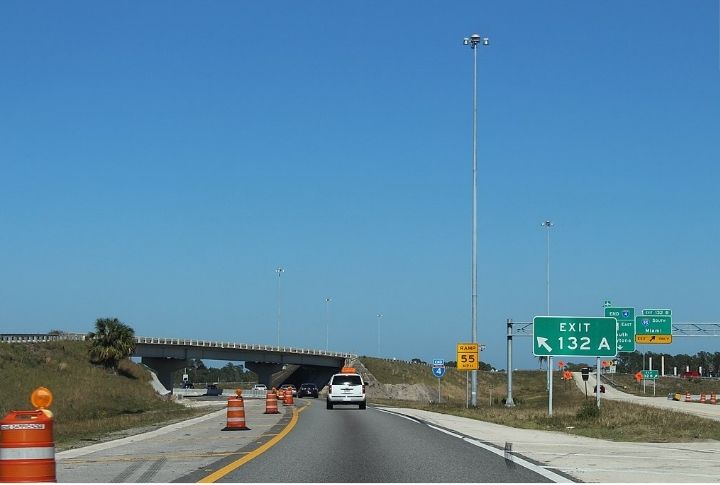
Running entirely from east to west of Florida, this route travels through urban, suburban, and rural areas. Traffic congestion is a persistent problem, especially around Orlando. With the large number of tourists heading to Florida’s beaches and attractions, the road sees an average of 1.134 deaths per mile.
Interstate 16: Georgia
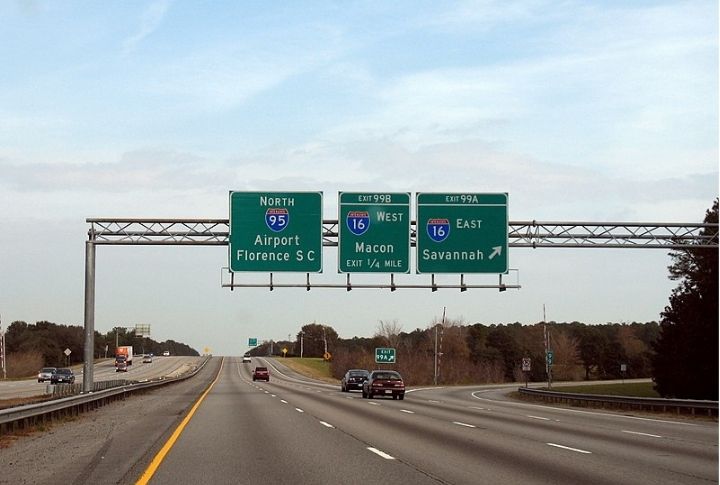
Known as the Jim Gillis Historic Savannah Parkway, this road runs east to west. It begins at downtown Macon, in Bibb County, stretching 166 miles. Although it improved the transport of goods, the four-lane design with merging traffic can lead to accidents. Additionally, the highway can be congested near major cities, creating frustration and aggressive driving behaviors.
Highway 340: Hawaii
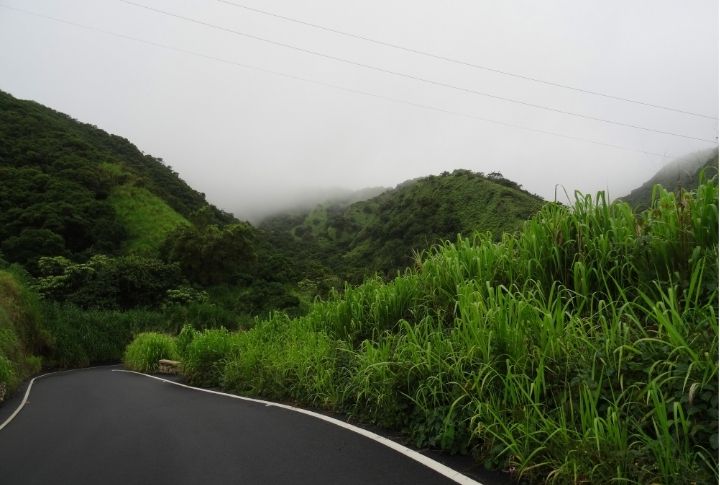
The Kahekili Highway spans 20 miles, taking people from Kapalua to the shopping area in Wailuku. Due to its narrow lanes, blind curves, and limited visibility, it has the nickname of the Death Highway. In some sections, it features only one lane, and motorcyclists require drivers to be extra cautious.
State Highway 55: Idaho

Driving along Highway 55 allows you to see 97 million-year-old granite rock formations. It intersects with US Route 95 at its beginning and end, running through Idaho for 148 miles. It carries long-distance truck traffic along stretches of desert with minimal services.
Interstate 57: Illinois
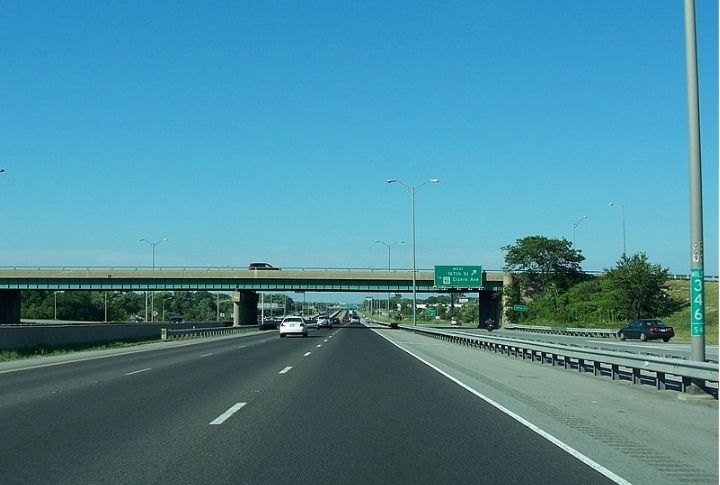
This road passes through Illinois and Missouri, spanning over 364 miles within Illinois. It’s a major north-south route widened to a six-lane design from 2011 to 2016. Between 2018 and 2020, it experienced eight fatal accidents, especially between Exit 353 and Exit 348.
US Route 41: Indiana

Spanning 280 miles, this is considered one of Indiana’s riskiest highways and the 25th most dangerous highway in the US. Statistics show that almost ten people are killed in car crashes on US 41, especially when transitioning between four and two lanes, as drivers may misjudge speeds or attempt risky passing maneuvers.
Interstate 80: Iowa

Passing through multiple states, this highway travels west from the east of Iowa. This state took 14 years to complete, stretching more than 306 miles. High winds and a lack of median barriers in some sections increase the risk of crashes that cause pile-ups. Some delays can last for hours, with multiple fatalities reported every year.
Interstate 70: Kansas
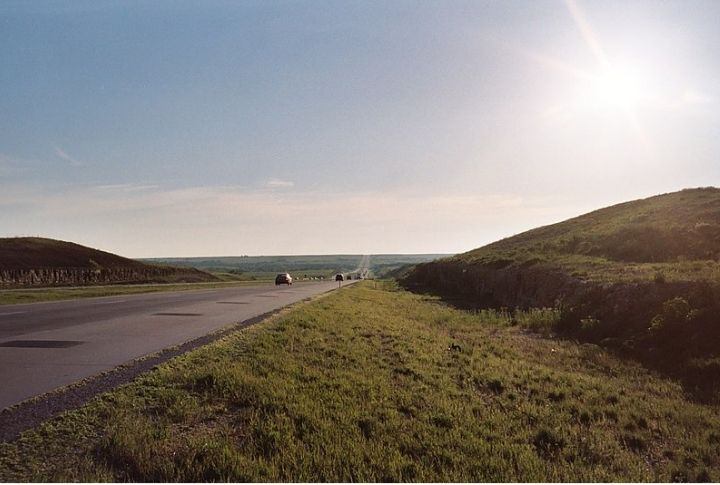
This road extends more than 424 miles and connects Denver to Kansas City. It’s a four-lane highway with some sections undergoing improvement or expansion projects. It’s named one of the deadliest highways in the Sunflower State. The road travels through 10 states, with an average of 15.5 car fatalities reported every year.
US Route 25: Kentucky
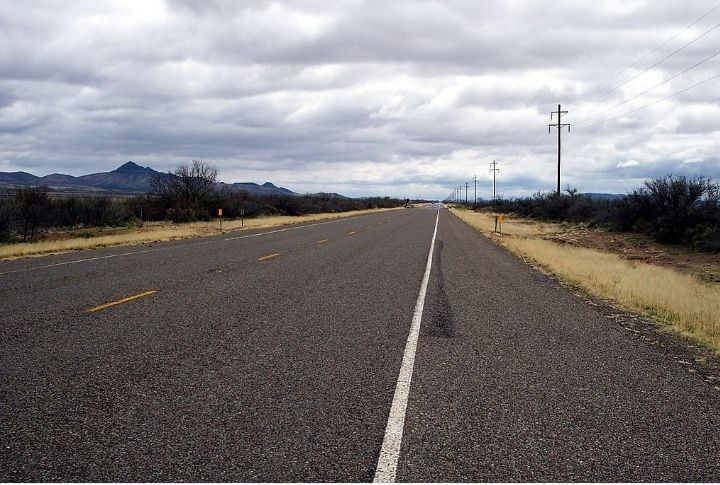
The 2-lane US 25 features some dangerous sections, like the one between State Road Champ and Fariston Road in London, with nine deaths reported in three years. The second section runs between New Coleman Lane and Spurr Road in Lexington, with eight reported deaths in accidents.
US Route 90: Louisiana
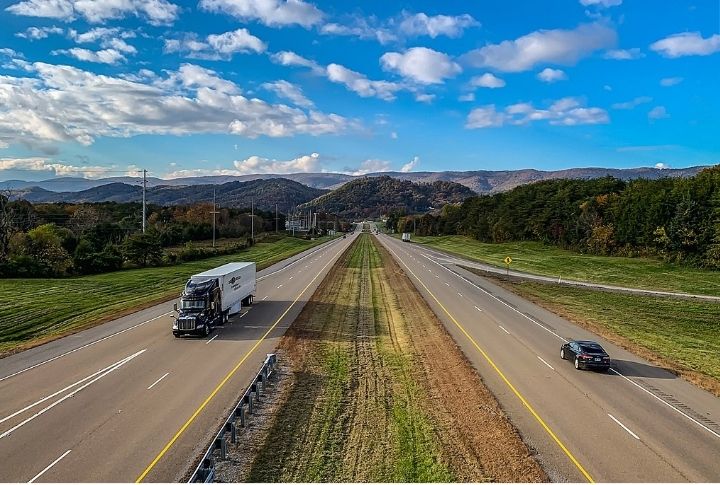
This 297-mile route provides access to the ports across the coast of Louisiana. It is a mix of four-lane highway and undivided two-lane sections. Parts of the route travel through swampy areas and require elevated roadways. 27 fatal crashes happen every year due to aggressive driving, speeding, and fog, which limits visibility in swampy areas.
US Route 1: Maine

Poor visibility around turns, rain, and fog are the main reasons for almost daily crashes on US Route 1. It runs 526 miles, with sections providing scenic views of the Atlantic Ocean. However, it also includes long stretches through rural areas with limited services. Moreover, deer crossings are a major risk, particularly during dusk and dawn.
US Route 301: Maryland
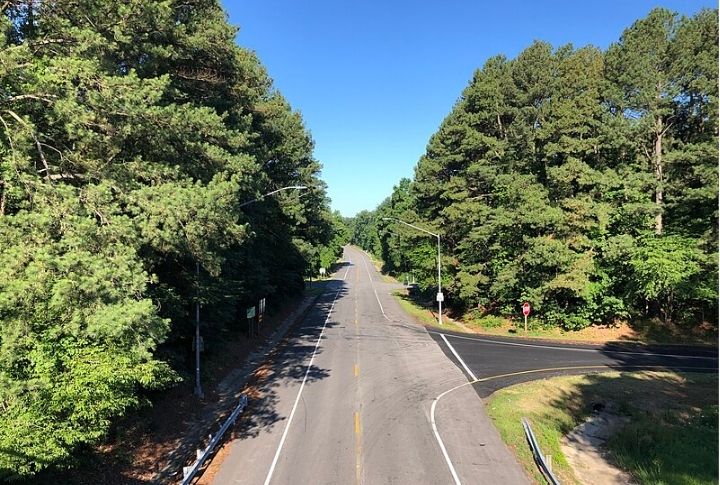
Between 2015 and 2017, 24 car fatalities were reported on this road. It’s a 122-mile Blue Star Memorial Highway, paying tribute to the US Armed Forces. Previously called the Robert Crain Highway, congestion and stop-and-go traffic make it one of the riskiest highways.
Interstate 495: Massachusetts
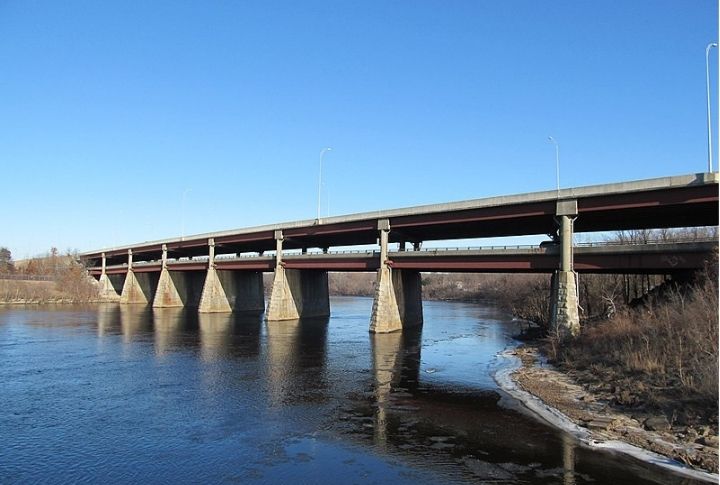
Spanning over 121 miles, this highway is considered one of the deadliest in Massachusetts, with 9.5 car fatalities reported every year. Experts believe that heavy traffic and outdated infrastructure, like faded paint and lights that don’t work, add to this road’s risk. Moreover, hazardous snow storms and ice make driving more dangerous.
US Route 131: Michigan
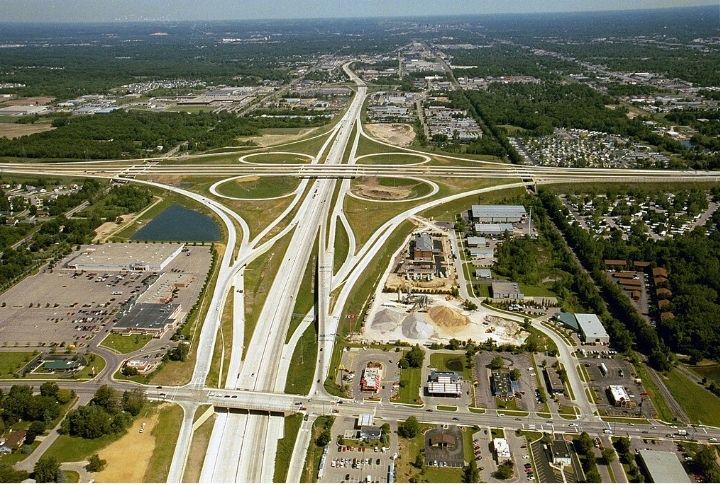
One risk factor when driving on US Route 131 is encountering heavy traffic during rush hour. The highway has several ongoing construction zones that require attention, and many interchanges and exits might cause abrupt lane changes. Moreover, you’ll likely encounter a high volume of trucks on this highway.
US Route 169: Minnesota
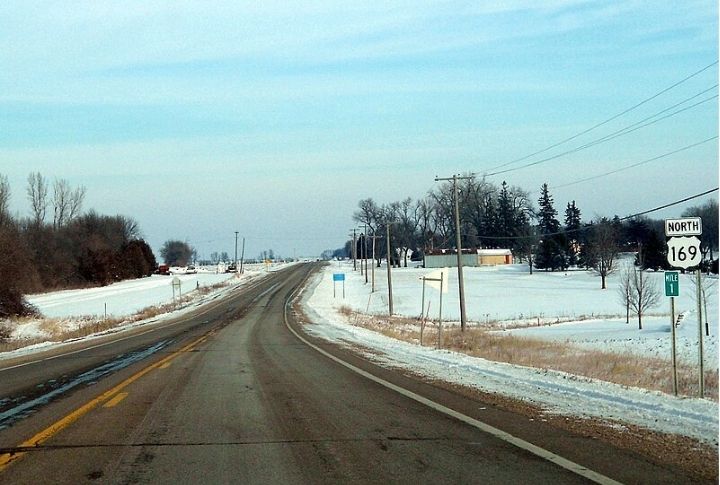
US 169 starts at Elmore as a two-lane road, diving into a four-lane design after passing through Blue Earth. However, it returns to its original two-lane layout and merges with State Highway 60 and US Route 14. The increasing traffic and lane changes are among the reasons driving on this road is dangerous.
US Route 98: Mississippi
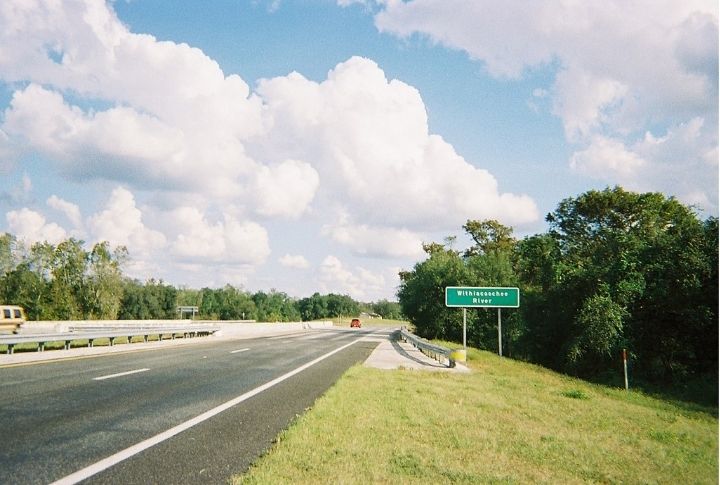
This road was built in 1933 and currently spans 936 miles. It starts in Mississippi and ends in Florida, passing through Alabama. Between 2010 and 2014, 7,649 car crashes were reported, especially around the exit of the I-59. Moreover, the heavy traffic from urban areas and the traffic coming off US Route 49 make it more dangerous than other highways in The Magnolia State.
US Route 63: Missouri

Several sharp turns on this 2-lane road are one of the main reasons it’s considered the most dangerous highway in Missouri. It’s a long north-south route stretching 1286 miles, passing through several states. About $300 million was dedicated to upgrading this road into a divided 4-lane expressway.
US Route 2: Montana
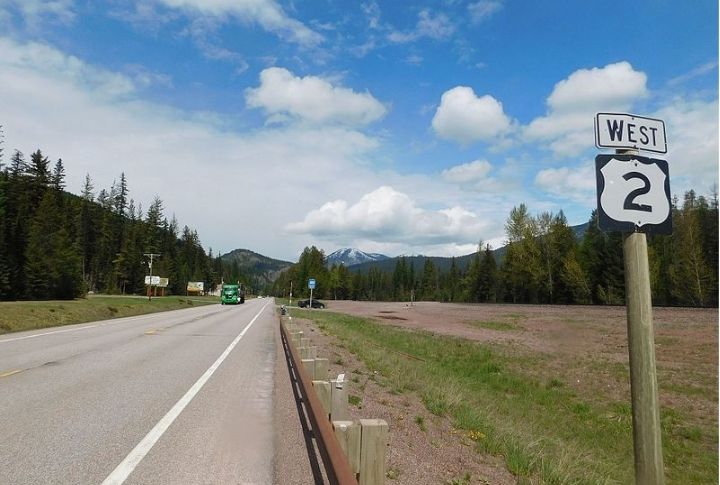
The US 2 passes through seven states and has more mileage in Montana than any other state. It’s nicknamed the Lonely Road because it can be remote at certain spots. As a result, people involved in car accidents must wait an average of 80 minutes before emergency responders can arrive at their location.
US Route 81: Nebraska
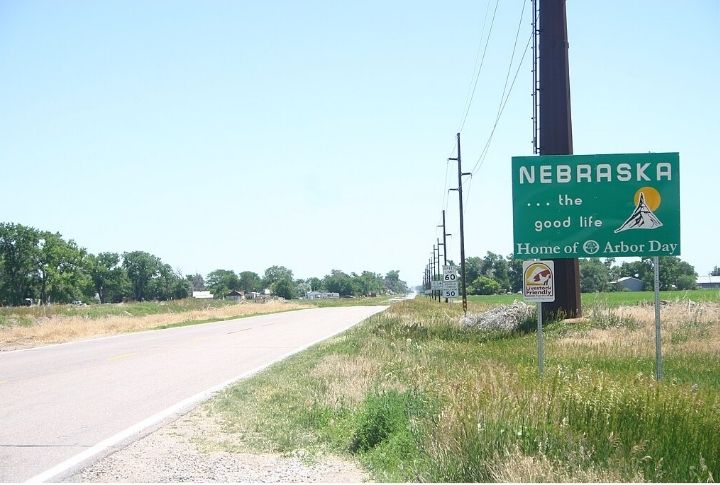
Extending for 1220 miles, this north-south route follows the trials of the old Meridian Highway and passes through 6 states. It enters Nebraska as an expressway before merging with N:92. The intersection between this highway and Highway 91 is a deadly point with many car crashes due to the speeding traffic.
State Route 582: Nevada
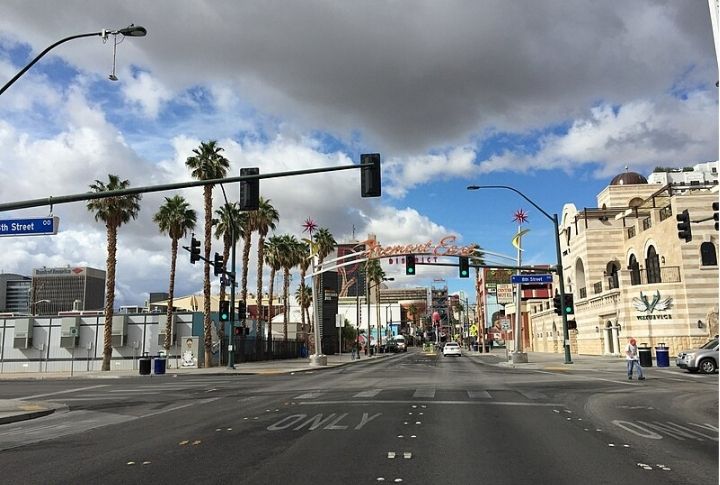
Known as Boulder Highway, this route stretches for 24 miles and passes through the Las Vegas Valley. The section between East Sahara Avenue and Missouri Avenue is considered a deadly stretch, with the most car crashes reported in the Silver State, mainly due to intoxicated drivers and speeding.
Interstate 93: New Hampshire
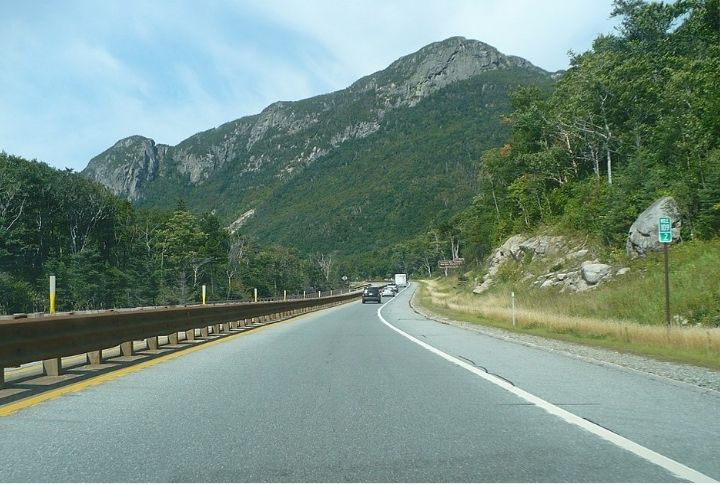
According to statistics, the accident fatality rate for New Hampshire highways is among the nation’s top 10. This New England interstate highway spans 190 miles, with most accidents happening due to road closures and icy conditions, especially during peak hours.
US Route 40: New Jersey
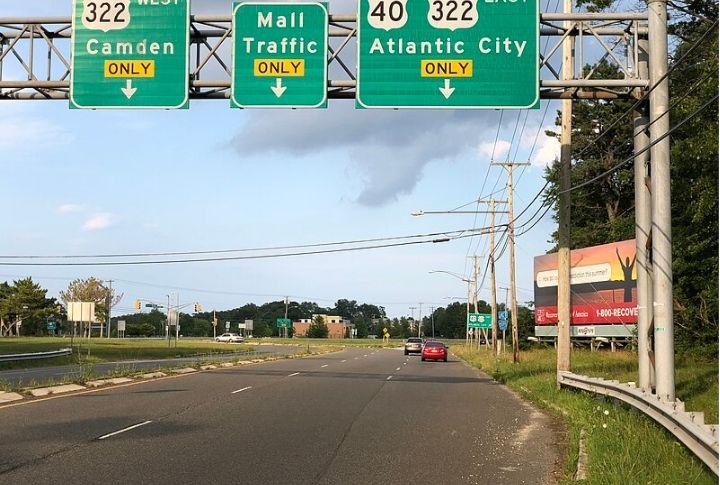
This road extends for 64 miles through the southern part of New Jersey, along Interstate 295 over the Delaware River. The section between West End Avenue and Noah’s Road is considered the deadliest road in The Garden State, with 11 fatal car crashes reported between 2018 and 2020.
US Route 550: New Mexico
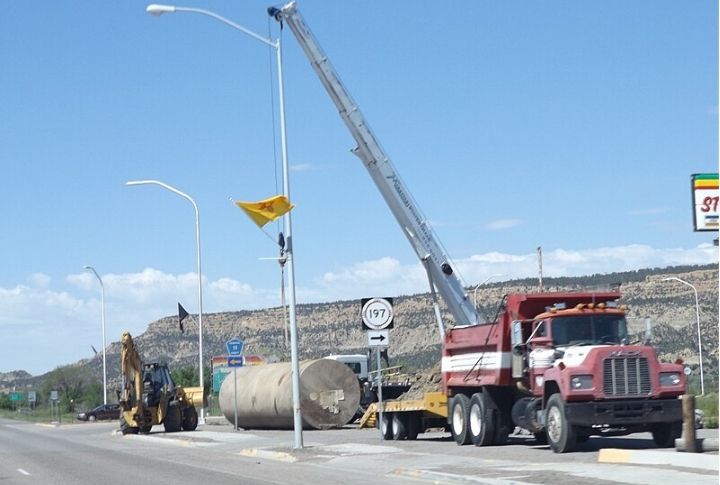
US 550 is a 305-mile spur of the US 50 highway, which extends from New Mexico to Colorado. It’s a 4-lane undivided road, and trucks can travel 70 miles per hour, easily crossing the 6-foot wide median into the incoming traffic.
Interstate 87: New York
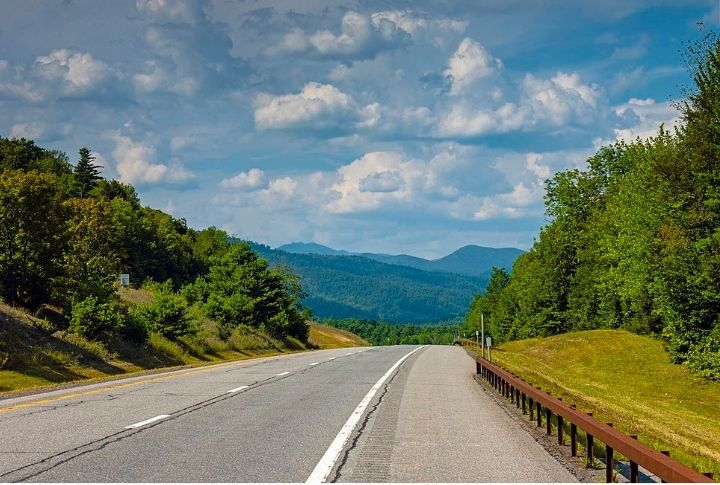
Connecting New York City to Canada, this 333-mile road witnesses 19 car fatalities annually. Drivers usually cross the speed limit and tailgate to save time on their commutes, adding to the risk of this highway. Moreover, this route features a complex design with many interchanges and exits, and confusing signage leads to last-minute lane changes that cause congestion and collisions.
Interstate 85: North Carolina
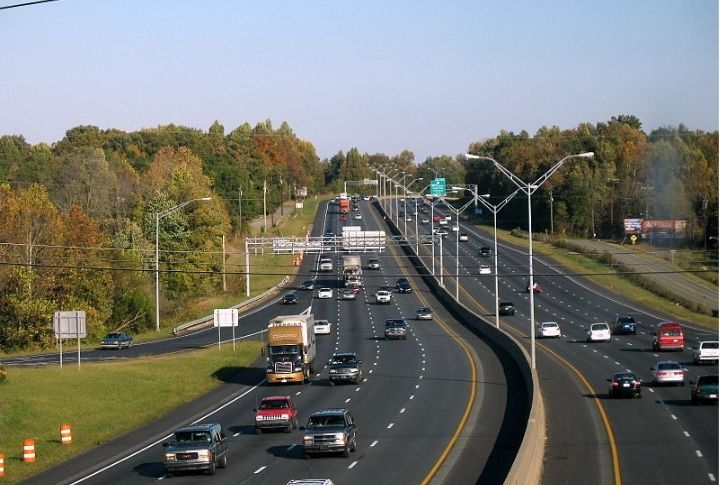
Established in 1958, this road is known to be the deadliest in North Carolina. Local authorities reported 42 deaths in the past two decades in the stretch between Exits 36 and 41. Before 2015, most of the accidents were caused by debris on the road, but aggressive and reckless driving is currently the most concerning risk factor.
US Route 85: North Dakota
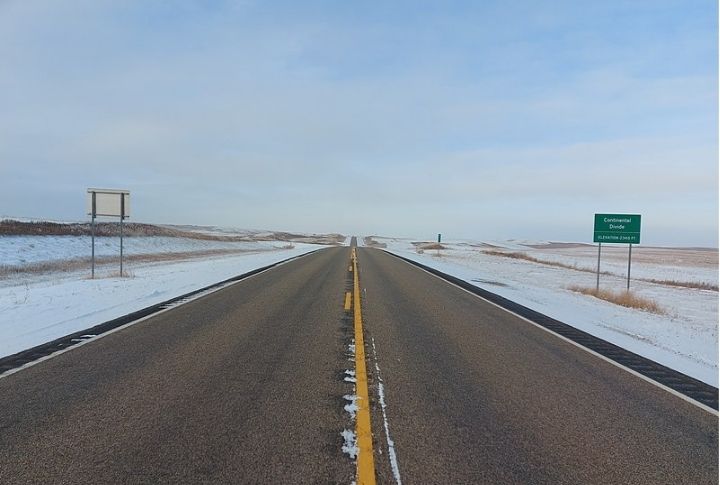
Traveling from the Mexican borders to North Dakota, this route witnesses many tragic accidents yearly due to the sharp turns and narrow lanes. Moreover, the heavy traffic and construction zones make it a dangerous road, causing an average of 25 yearly accidents.
Interstate 71: Ohio
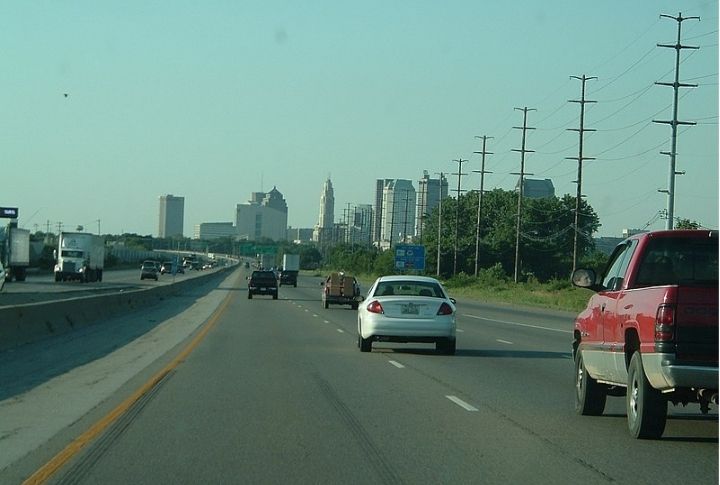
The stretch between Exit 110B and Exit 116 along Interstate 71 is considered one of the most routes in Ohio. With an average of 10 accidents reported yearly, many drivers believe that having two lanes in each direction combined with congested traffic increases the risk of head-on collisions.
US Route 69: Oklahoma
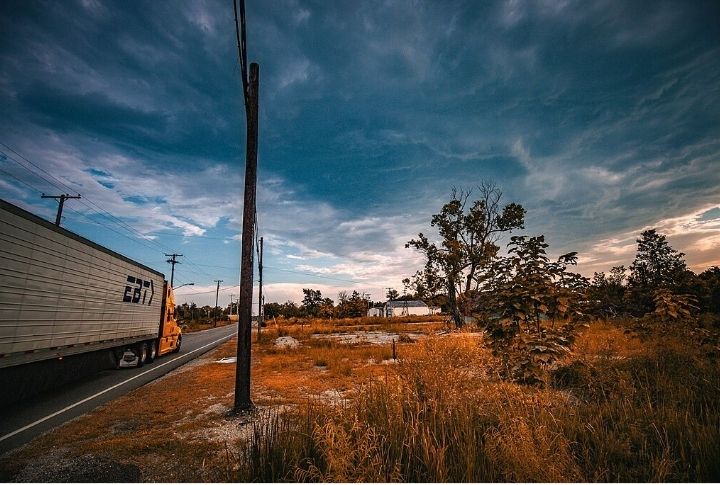
This route passes through Oklahoma and follows the Texas Road for 260 miles. According to the National Highway Traffic Safety Administration, 15 people die every year in car accidents on this road due to its outdated infrastructure, extreme weather, sharp turns, and steep drop-offs.
US Route 101: Oregon
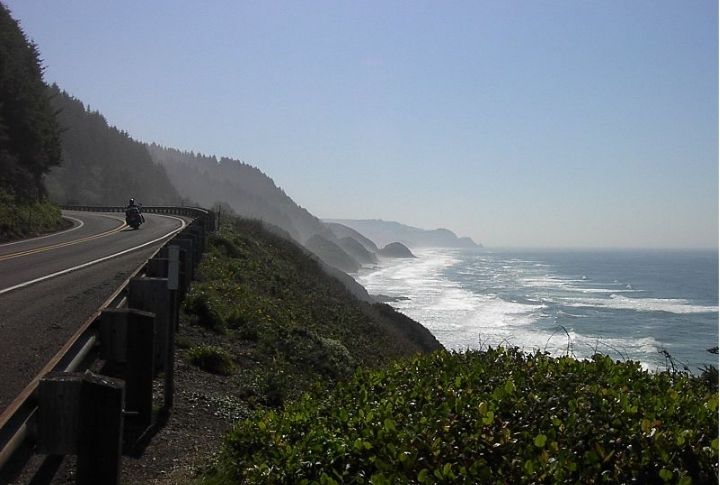
Although driving along the US Route 101 is a scenic journey with fantastic coastal views, this road is considered the most dangerous one to drive on in Oregon. In 2020, local authorities responded to 28 crashes with 30 fatalities, representing a 7% in the number of accidents reported in 2019.
Interstate 78: Pennsylvania
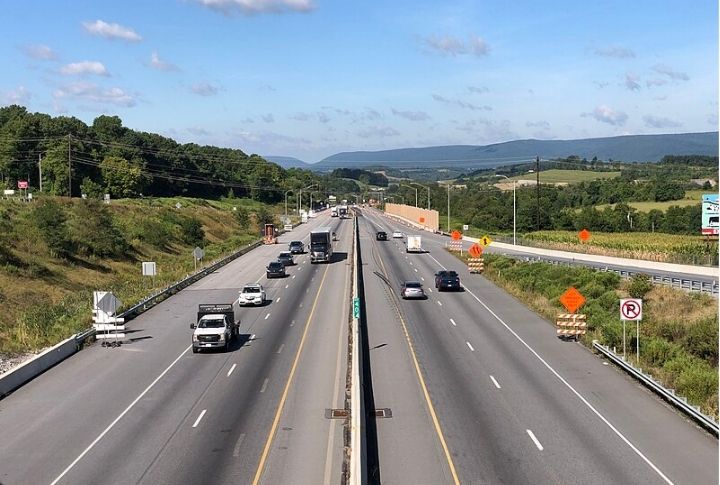
Construction of this highway took place between 1950 and 1970. Known for its high tractor-trailer traffic, this 77-mile road is considered the deadliest in Pennsylvania. Most accidents happen due to multiple construction zones, especially around Lehigh Valley.
Interstate 95: Rhode Island
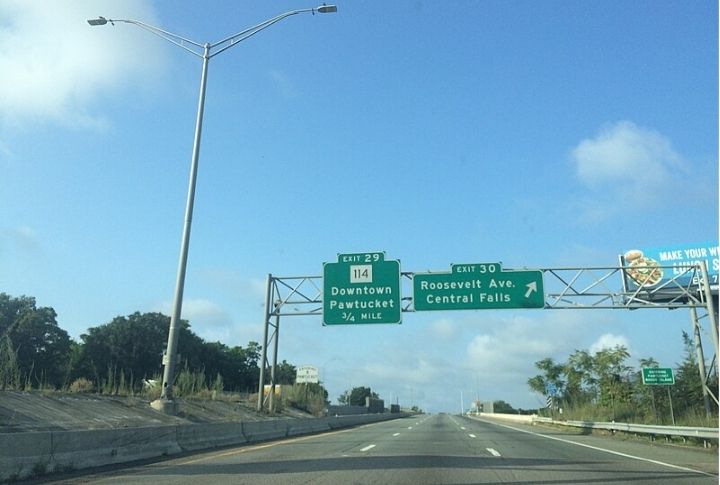
Interstate 95 spans 42 miles, crossing between Connecticut and Massachusetts through Rhode Island. It’s considered one of the deadliest roads in Rhode Island, especially around Exit 18, where 296 crashes were reported, and Exit 29, where 191 crashes and two fatalities were reported due to structural issues with the road.
US Route 17: South Carolina
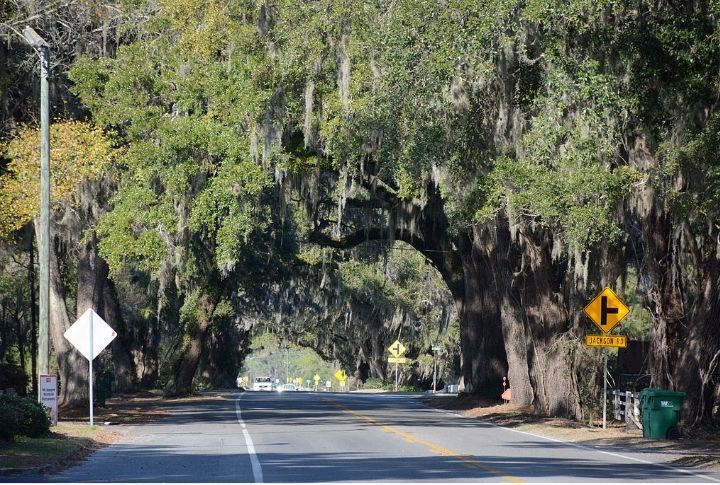
Passing through 5 states, this highway spans 221.5 miles in South Carolina out of 1206 miles. In 2019, 8 fatal accidents were reported, in addition to 39 serious collisions and 407 accidents that didn’t result in life-threatening injuries due to its narrow lanes and tight curves.
US Route 18: South Dakota

This road runs parallel to South Dakota’s southern border, but its old construction and high traffic represent a risk factor, increasing the number of fatal accidents every year. Wildlife collisions are quite common, so speeding drivers should be more careful.
Interstate 40: Tennessee

As reported by the Tennessee Department of Safety & Homeland Security, this highway is considered the most dangerous one in Tennessee, claiming the lives of 37 people by the end of 2019. The following year, the number increased to 43, mainly due to speeding.
Interstate 45: Texas

Not only is this road considered the most dangerous highway in Texas, but it’s also the second deadliest highway in the whole country. An 8-year study revealed an average of 56.5 fatal accidents per every 100 miles of this road. The most dangerous section is around Harris County, witnessing 115 fatal collisions in a single year.
Interstate 15: Utah

This highway runs from the north to the south of Utah, extending for 400 miles and passing through the state’s most populated areas. Reckless driving, drunk driving, and failing to wear a seatbelt are the main reasons why many accidents are reported along this road.
US Route 7: Vermont

Extending for 308 miles, this highway ends near the Canadian border and runs for 176 miles in Vermont. Many collisions happen on this road due to the undivided two-lane design, with only wire guardrails separating traffic, leading to head-on accidents. More accidents are reported in winter due to the limited use of plows and salt in snowy weather.
Interstate 64: Virginia

The stretch between Exit 261A and Exit 264 along Interstate 64 is considered the most dangerous highway in Virginia, with an average of one crash every 3 miles. Between 2018 and 2020, 11 fatal accidents took place, claiming the lives of many. The stretch between Exit 160A and Exit 166A is more dangerous, seeing one crash every 2 miles.
Interstate 5: Washington

Although Interstate 5 should theoretically be safe for motorists, its massive traffic volume and faulty design are usually a concern, especially for those using motorbikes. Many of these accidents happen due to reckless driving or construction zones jeopardizing safety.
Interstate 81: West Virginia

This highway passes through West Virginia, connecting Virginia to Maryland. A study conducted between 2000 and 2019 revealed that the stretch between Exit No. 8 and Exit No. 13 was considered the most fatal, claiming 31 lives in 26 accidents.
US Route 51: Wisconsin

US Route 51 enters Wisconsin from Illinois as a divided four-lane road, extending for 316 miles out of its total length of 1277 miles. The stretch between exists for exits for Anderson Rd, and SR-30 is considered the state’s deadliest section, with 17 accidents and 17 deaths reported in 2020.
US Route 191: Wyoming

While it offers one of the most beautiful scenic drives, US Route 191 is considered one of the most dangerous drives, seeing more car crashes than any other road in Wyoming. Drivers must be cautious, especially during winter, and beware of wildlife crossings. It’s particularly unsafe for motorists.


Comments
Loading…